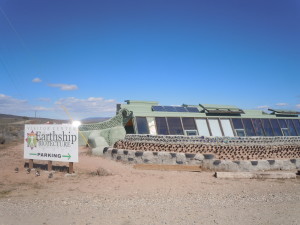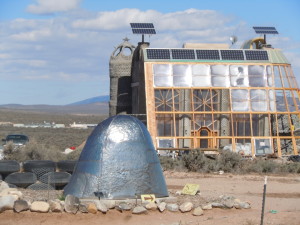A friend sent me a link to a very interesting article, “A Locavore’s Dilemma: On the Fantasy of Urban Farming” by Will Boisvert
According to Mr. Boisvert (whose name, ironically, translates as “green woods”), we would all do more for the planet to buy big-agro chemiculture food from thousands of miles away than to develop food sources in or close to urban areas.
I’ve heard this argument before. And I do think it’s important to do our research and know the numbers; it’s important to make a business case for local food sustainability, whether urban or rural.
But I’d say Mr. Boisvert totally misses the point.
He says the most sustainable thing we can do in NYC is build more housing, to avoid further stress on the exurbs and suburbs, which are very UNsustainable. But I don’t see why it has to be housing vs. food. Build that 600-person apartment building he wants, and THEN use add urban agriculture and solar arrays to harness the roof for food and energy.
And his attack on COmmunity Supported Agriculture farms (CSAs) is just bizarre. I don’t think our annual membership fee for the organic CSA we belong to here in Massachusetts would even cover the same amount of factory food at our local supermarket, and it’s far cheaper than buying the nonindustrial stuff at Whole Foods, a pricy organic grocery, or the farmers markets.
We do need to look at the economics/carbon impact of urban agriculture and the urban food movement, and often, they’re not pretty. But no uglier than mass-scale farming.
He writes:
Hauling each spud from upstate thus requires as much fuel as moving it 585 miles by corporate semi or 2,340 miles by rail. I don’t know the numbers, but I think truck is a lot more common than rail.
If that’s true, then even with the much-reduced efficiency per mile, the number of miles is so much fewer that local food, especialy urban agriculture, comes out way ahead. If the potatoes go 127 miles at 28 ton-miles/gallon vs. 2500 miles from Arizona at 120 tm/g, the Catskills come out way ahead: 4.5 gallons vs. 20.8 for the far-shipped chemiculture ones. And his analysis doesn’t recognize that the efficiencies of big trucking disappear rapidly when that huge truck is running 4 mph stop-and-go in NYC traffic, while those of urban farming increase.
As he notes, a neighborhood urban farm might use one gallon to transport to multiple sites across the city, in a small van. And if we’re really talking hyperlocal, your neighborhood rooftop or small-lot urban farm could efficiently deliver in a five-mile radius with a bicycle (more efficient in time as well as fuel, in NYC’s traffic-choked streets)—which can offset the fuel costs of hauling the soil up to the roof by crane. Equipped with a handlebar box, a rear rack, and maybe even a small trailer, bicycles can carry quite a bit. Even back in the 1960s when I was a kid in the Bronx, a lot of local merchants offered bicycle delivery (using massive one-speed bikes with huge handlebar boxes).
Even if it’s trucked in a van, the fuel cost of a three-block delivery is pretty close to zero.
And unlike Mr. Boisvert, I don’t discount the many other benefits. Better quality food, community-building, job skills training for those interns and volunteers, and an understanding of the food cycle. My own first garden was in Brooklyn, in fact, and the thrill of growing my own food in my mini-urban farm definitely helped push me to the locavore mindset. I discovered a new crop: radish seed cones; the young ones are terrific in salads. And that was also around the time that I started advocating using flat roofs as food and energy resources.
I do have some concerns, and would like to see research, on how urban agriculture can avoid pollution-borne contamination of the food. But he doesn’t talk about that.







